In these uncertain times we would like to reassure you that providing care for our clients and their pets remains our top priority.
Our practice REMAINS OPEN FOR BUSINESS but as you would expect we are putting in place a number of steps to protect the health and wellbeing of our patients, staff and the wider community.
- We would encourage that only one person attends with the pet – this will help minimise the number of people in our waiting rooms.
- If possible once you have let reception know that you have arrived it may be more suitable to wait outside or in your car.
- It may be possible that follow up appointments, including repeat prescriptions, could be conducted via telephone consultation with /without emailed photos/videos- please contact the reception team to discuss appointment slots and payment options.
Unfortunately, not all conditions can be assessed in this way and after discussion with the vet you may still be required to bring your pet in. Routine preventative healthcare appointments may not require you to attend the surgery our team will help guide you with this. In most instances medicines will need collecting from the branches but a postal service may also be available if necessary.
- If you are in self-isolation but your pet needs treatment, please allow a family member or friend to bring them in. If this is not possible, we can meet you outside our entrance to receive your pet.
- House visits are now only possible in exceptional circumstances and will require discussion with a vet before arrangement.
- Take as many preventative measures before, during and after your visit -this includes washing your hands regularly and thoroughly with soap and water , please make use of the hand sanitisers in our branches and avoid touching your eyes, nose and mouth. Use tissues to catch coughs and sneezes, then throw the tissue in the bin.
- For hygiene reasons, we would encourage payments by card rather than cash.
- Please allow at least 48hrs for orders of repeat prescription medicines and foods as our suppliers are running with reduced staffing and deliveries are at reduced frequency.
- Our Saturday morning surgery at Kirkham will not be running until further notice, however all our other opening hours remain unchanged.
We will update our plans regularly based on information released by the UK Government, NHS and the RCVS and will keep you updated on our Website and via Facebook.Please share this information with others that have pets that may not have access to technology.
Thank you for your support over the coming days and weeks – we will continue to be here for you and your pets.
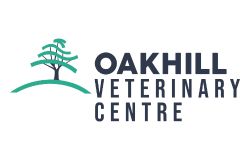
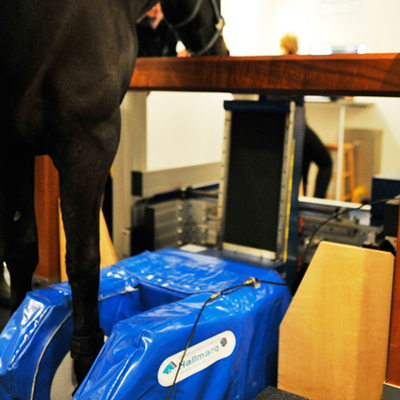 Positioning
Positioning The scan takes around 2 – 4 hours, producing around 300-500 images at multiple angles of the limb or hoof, highlighting different types of tissue and pathology.
The scan takes around 2 – 4 hours, producing around 300-500 images at multiple angles of the limb or hoof, highlighting different types of tissue and pathology.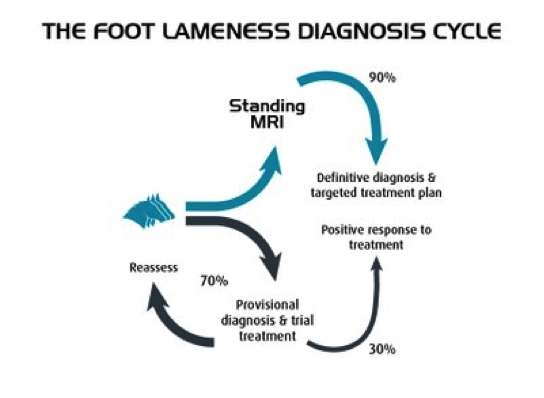
 Is it the same as a human MRI scanner?
Is it the same as a human MRI scanner?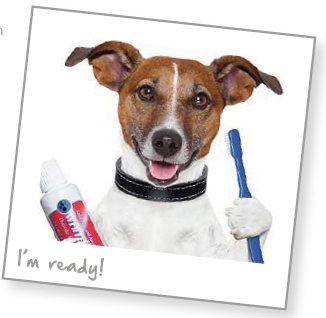
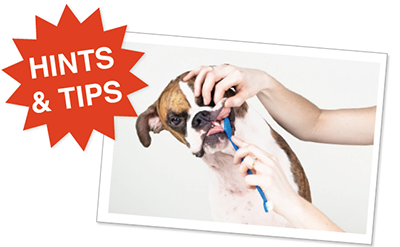 Keep your sessions short – 3 minutes is plenty twice a day once your dog has been trained to have their teeth brushed.
Keep your sessions short – 3 minutes is plenty twice a day once your dog has been trained to have their teeth brushed.